
Join my tribe of empowered women. Get fitness tips, life hacks, and inspiration delivered to your inbox.
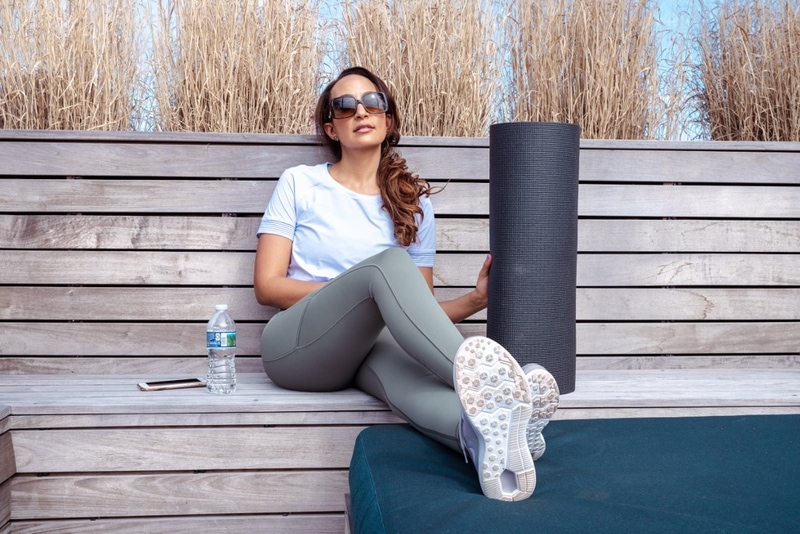
If I was to ask you right now why you were doing this or that diet, what would you say? The answer is almost always the same- Lose Weight!
Do you know exactly why you want to lose the weight, though? Is it for health reasons or because you merely feel fat (which is impossible by the way, fat is not a feeling, you either are or you aren’t) and what defines what you are and aren’t, anyway? SOCIETY? We are so strung on appeasing society and what we see on TV that we tend to believe that is the only way to be. I’m guilty of this on so many levels. Pinching fat on my thighs and oblique’s and thinking to myself- THIS MESS HAS GOT TO GO! Think about this for a minute though, what exactly are we doing to ourselves and for what?
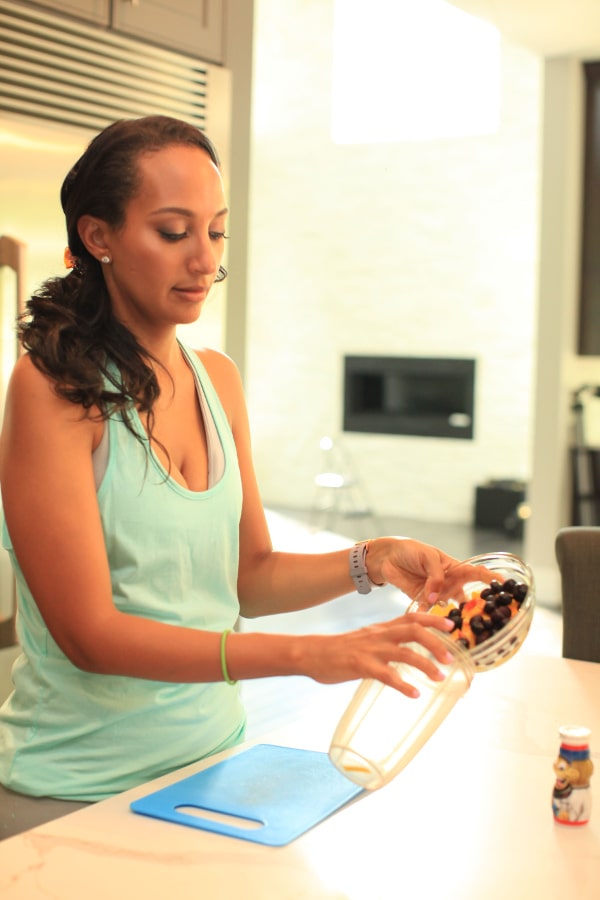
Before landing an internship at a local gym back in February, I was one of those people that would try every possible diet available. Give me a success story, and I was on it. Dieting was how I was able to lose a good portion of the baby weight I gained after Novena, but no fast solution ever comes without consequences. The weight I lost through diets stayed off because I knew exactly what my purpose was for that diet and never used it as the only means to an end. I worked my butt off in the gym and ate healthy (salads were my go to), so the diet became more of a kick starter to my healthy living journey that started more than 2 years ago. I’m sure you’re thinking, “Okay, well what’s the problem then.” The problem is that since I had great results the first time I kept going back to the diet every time I fell off the bandwagon and “felt fat” (which trust me, it happened a lot). I reverted right back to the diet and lost weight only to gain it back weeks or even months afterwards, when I went back to my regular eating habits (which are not bad at all).
You see the problem was that my body was not receiving enough nutrition- balanced meals. All the workouts in the world couldn’t help get me to my goals because I wasn’t nourishing my body with the right foods to assist with my workouts.
During my internship, I started learning all the benefits of balanced meals and what adding protein to our bodies after strength training does for us. I started practicing what I learned and began noticing changes in how I felt almost immediately. Two months later I started noticing changes in the way my clothes fit, and finally, around the end of the 3rd month, I began to see lean muscle develop in my arms, stomach, legs, and butt. Although this is my journey and yours will be totally different, it can still have a similar result.
So what exactly is a balanced meal and what does it do for our bodies?
A balanced meal incorporates the following:
Protein: 10-30%
Fat: 10-30%
Carbs: 45-65%
Fiber: 25 grams for women
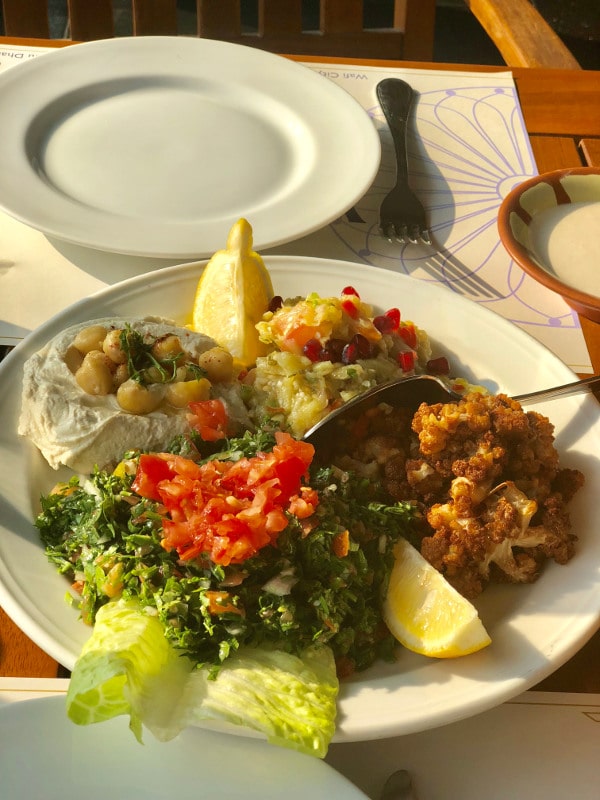
Some great examples for each food category are:
Protein- beans,Greek yogurt, meat, chicken, fish, egg whites, cottage cheese, chia seeds, flaxseeds, farrow.
Fat- nuts, avocado, peanut butter, almond butter, hummus, egg yolk, olive oil
Carbs- There are four types of carbs:
1. Complex-Brown= 100% whole wheat or whole grain
2. Simple- White=Starch
· When you eat simple carbs like white bread, you are eating only the starch of a grain. All the fiber and vitamins/minerals are taken out.
· Some examples of complex carbs are- whole grain pasta/bread, sweet potato, oatmeal, millet, brown rice, etc.
3. Vegetables- my mentor called these the free carbs because you can have as many as you want without it counting against your total caloric number
4. Fruits- two types of fruits- simple and complex. Your simple fruits have more sugar and will be your tropical types like banana, mangos, pineapples, oranges, etc. Your complex fruits have less sugar and are your berries and apples.
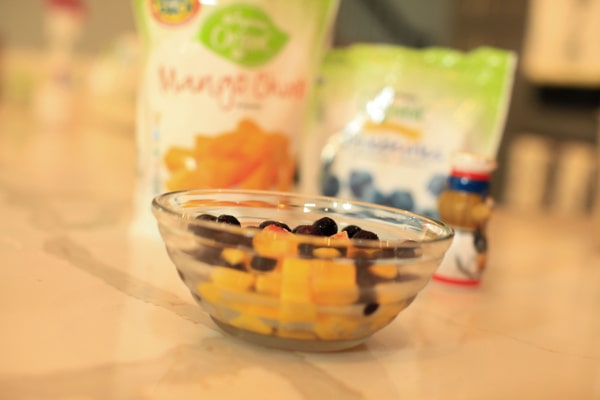
Here is a great article from Healthy Eater that will show you the top 15 Healthy Carbs, Protein and Fats
Fiber- complex fruits, vegetables, beans, avocado, whole wheat bread and grains, and nuts are some great examples for rich fiber intake.
The benefits of fiber are incredibly important, yet so many of us are only eating the bare minimum required amount. Here is a list of 22 high fiber foods so you can see how easy it is to keep your digestive system healthy with fiber-rich foods.
I’m not a nutritionist by any means, but I see results on myself daily. The healthier I eat, the more I lose, and therefore the answer to losing weight and staying healthy is clearly portion control and eating well-balanced meals. The process is slower, but it's weight that stays off my body, gives me more energy, and makes my skin and hair shine.
I feel younger and healthier now than when I was in my 20s.
The hard part with all this is measuring to know exactly how much percentage you are getting from each macronutrient. I’ve been using an app called My Fitness Pal to help me measure each item I eat. It tracks everything I consume for breakfast, lunch, and dinner and gives me precise percentages for each micronutrient. Bonus for all my habesha readers- the app also has foods we eat listed, like injera, tibbs, wot, etc.
Lastly, to help measure dry foods, like injera, I have a scale at home, which helps get the right amount of ounces for each meal. Taking these extra steps with My Fitness Pal and the scale is temporary (only until I get a better understanding for the measurements myself), so do not get discouraged by it.
I want to leave you with something to think about….
In the 3 months that I have been measuring and eating balanced meals, I’ve lost 8 pounds and 3% body fat. That might seem small compared to the 16 pounds I lost with a diet, BUT my arms and legs are leaner now than they’ve ever been, my abs are popping out, and my confidence level is out the door. Not to mention my skin and hair look and feel fantastic, I’m never tired (even after waking up at 4 am and sleeping at 10 pm every night) and like I mentioned before I feel younger and healthier than I did in my 20s (and I’m 35, you guys).
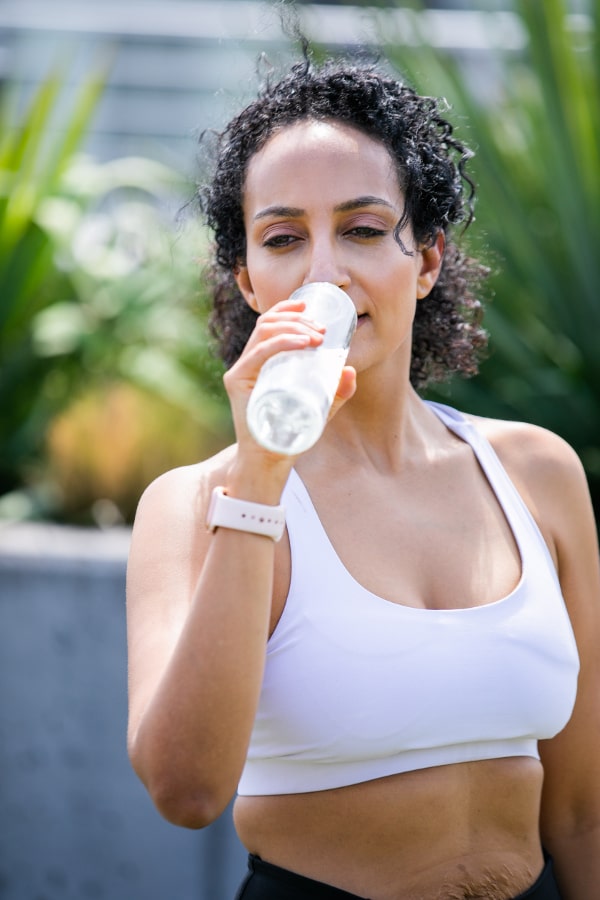
I hope this blog post helps you or someone you know. As always,I’d love to hear from you. What does your healthy living journey look like?
Yours,
